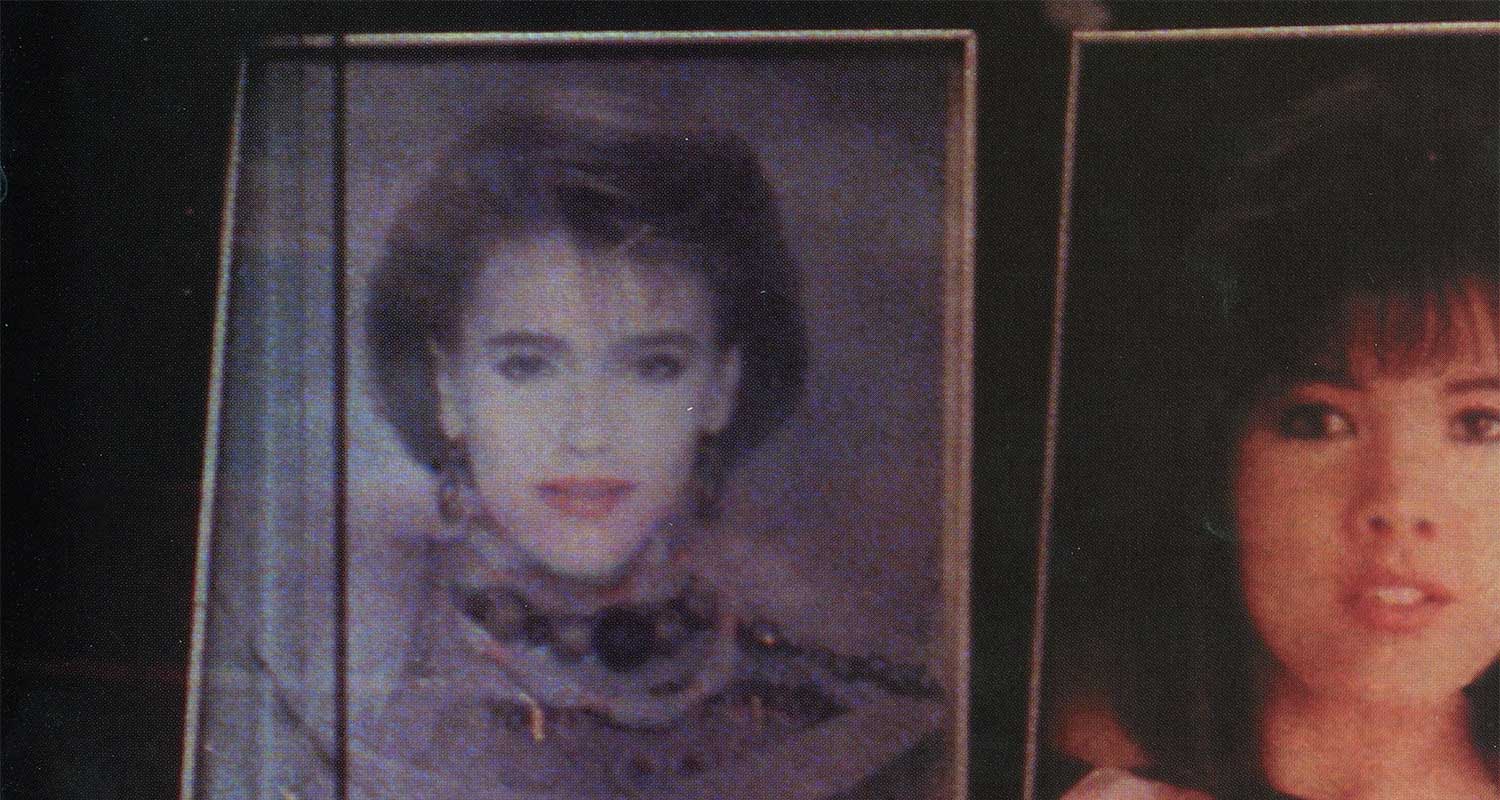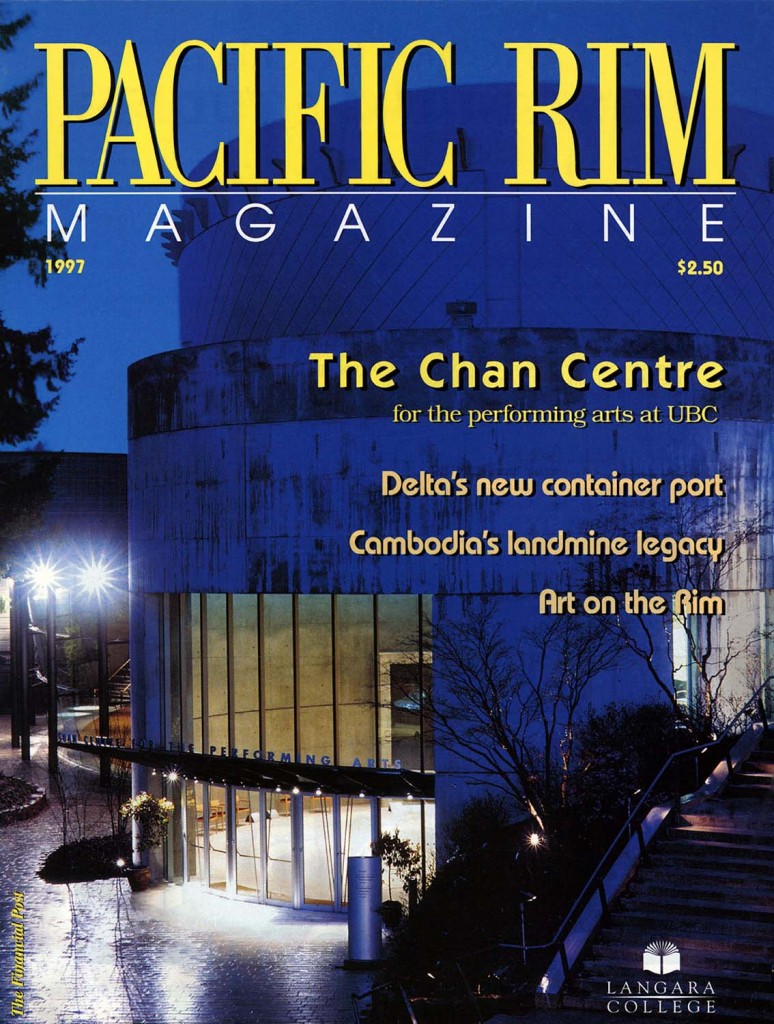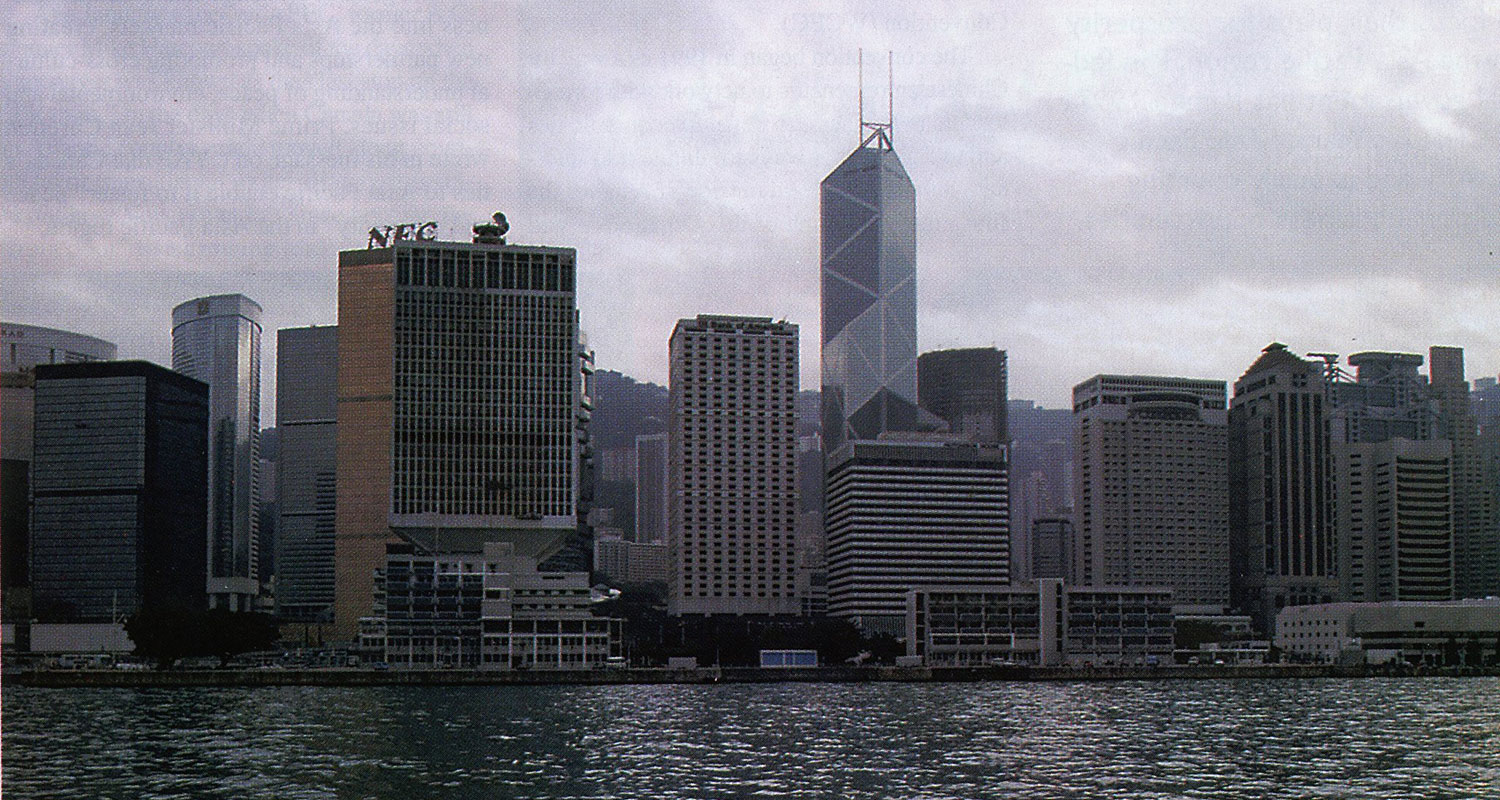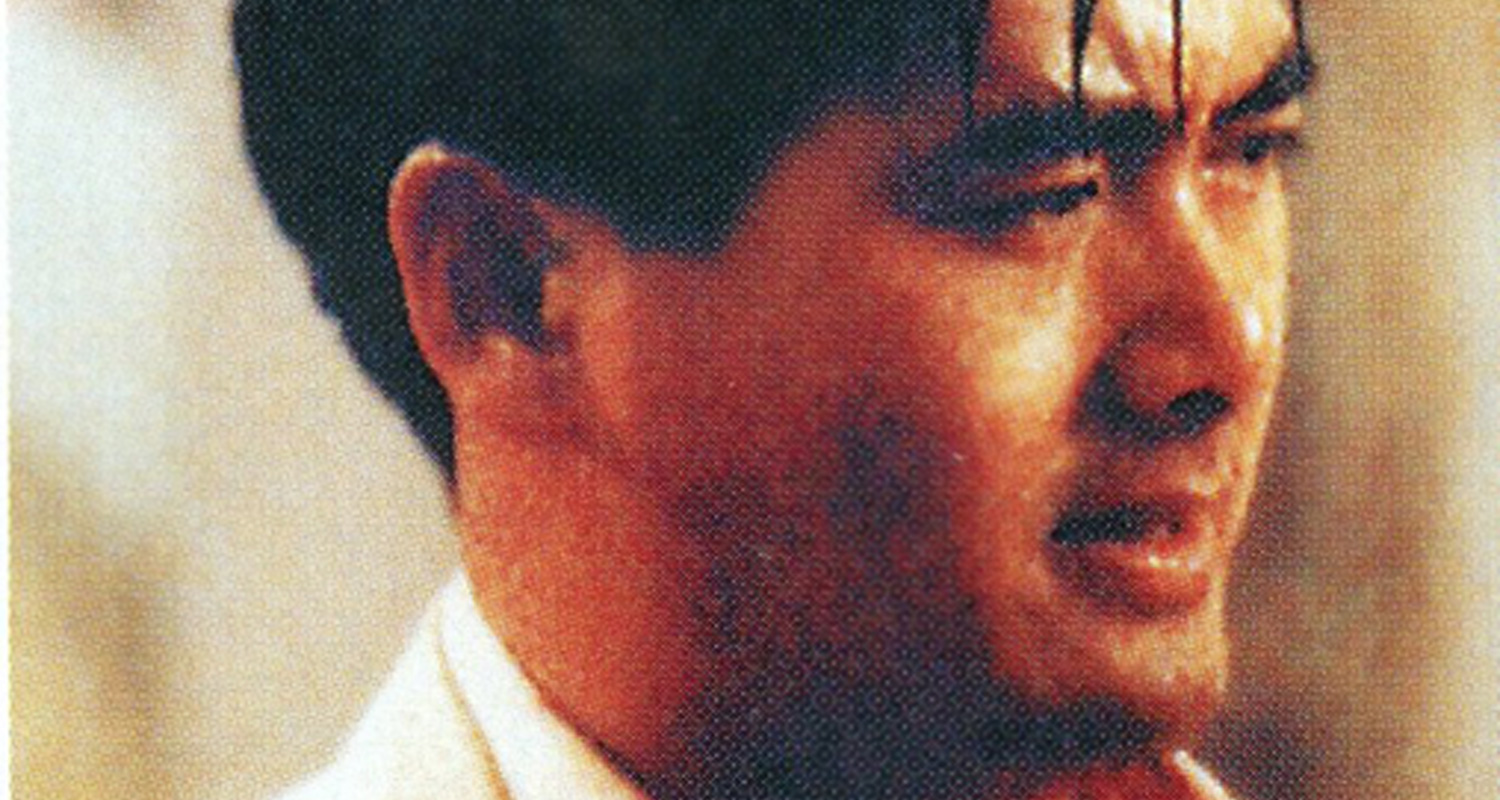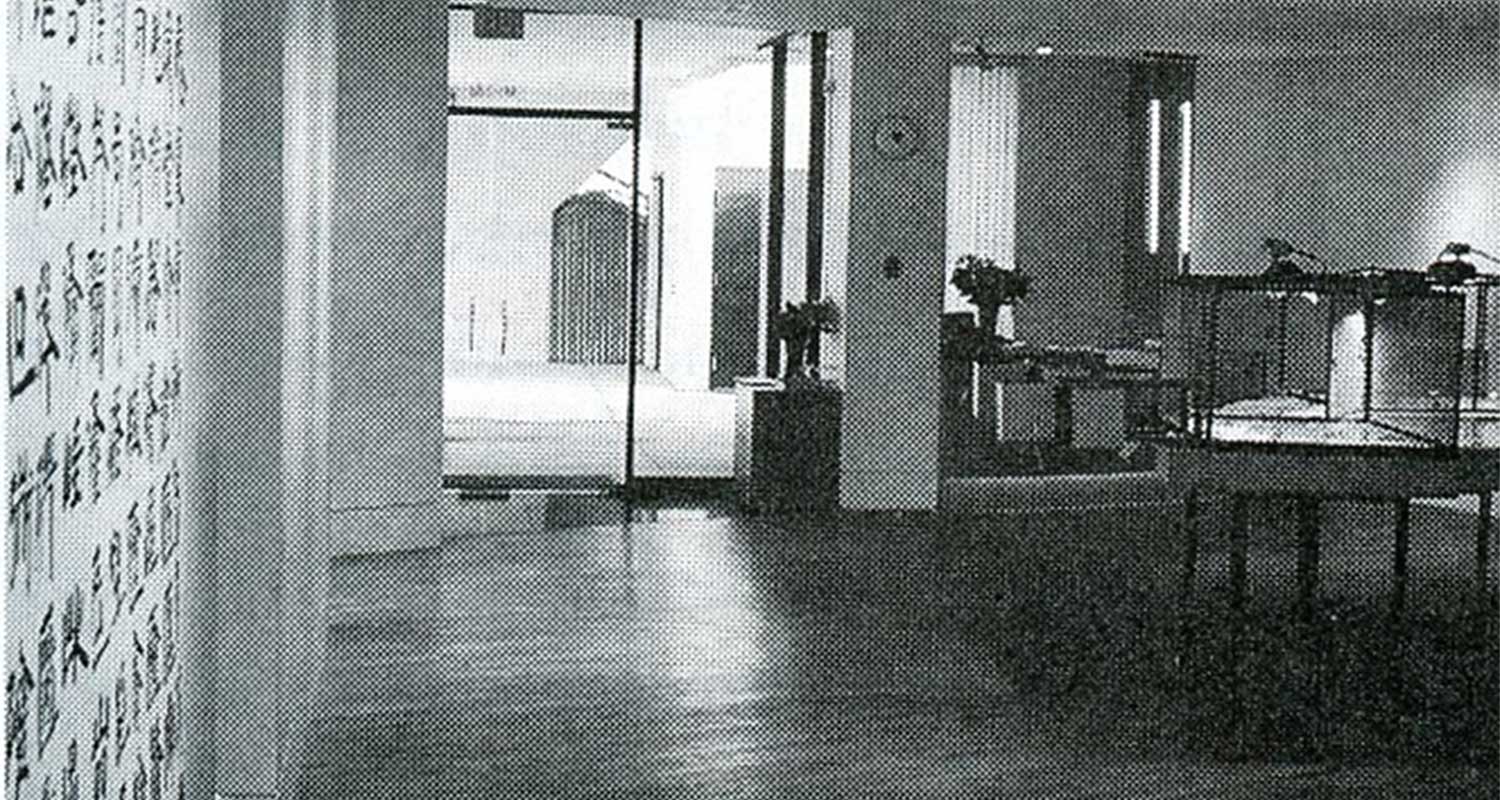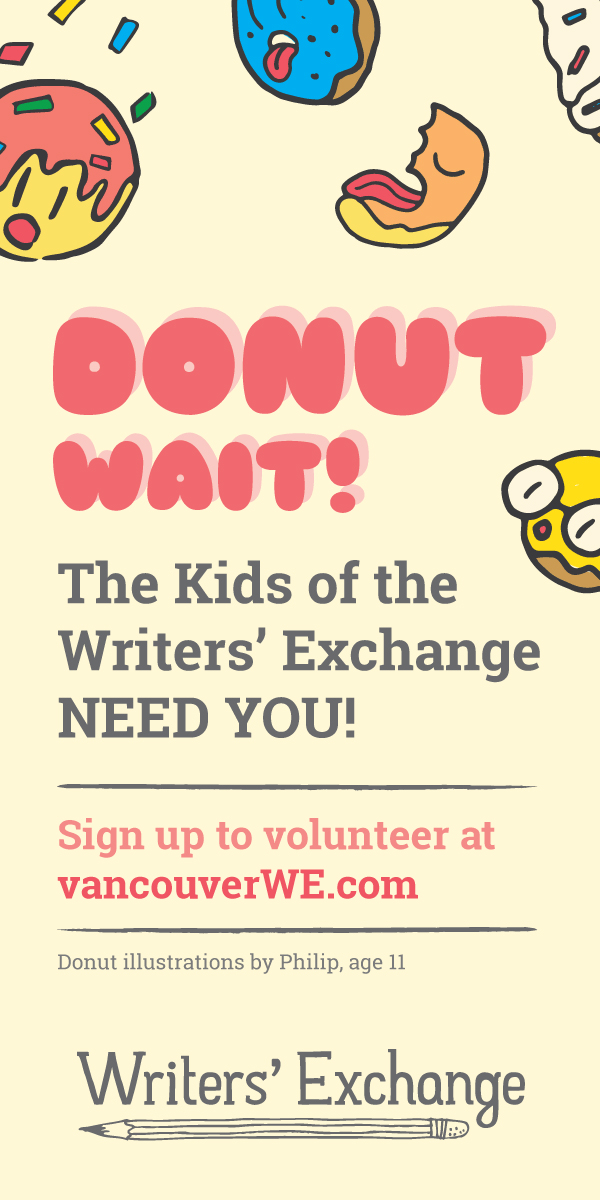It’s almost a cliché now to say we live in a post-modern world. A world where nothing is fixed, where the old truths, old boundaries and old certainties are challenged. A world of flux, where this is that and, at the same time, no it’s not.
High art, low art, mass culture, popular culture, moving from the centre to the periphery, repositioning, post-modern, post-colonial, post-feminist: these are all words that even the popular press throws around with abandon. And although the words themselves seem to change meaning depending on where you find them-in an academic journal or a Vancouver Sun pop music review-they reflect, to some degree, the reality of what is going on around us.
If culture and the work of writers, painters, poets, film makers, etc., is something that tries to make sense of what is happening around us, then Canadian art will reflect and represent this flux and change.
Major Canadian cities have changed drastically over the last twenty years. Since the time of the conquest this has been a country of immigrants, but the point of origin of those immigrants is changing. Until the middle of this century, most were white and European; lately, immigrants are Asian, African and Latin American. The colonies return to the metropolis. They are changing the “face” of cities like Vancouver. Not only is more and more Cantonese, Spanish and Punjabi heard on the bus, but those making films, writing books, generally “making” art are also increasingly from, or descended from, post-colonial cultures.
Hybrid Artists
Many of the new, younger artists who are producing work in Canada have their roots in other-than-European countries. Some people have coined the term hybridity to describe the artists and the work that show traces of more than one cultural origin. The concept has been around for a while, both in the rarefied world of high academic theory and in more popular media. It generates some controversy.
Some critical theorists (see Location of Culture by Homi Bhabha, for instance) think hybridity is useful for self-defining and self-positioning in a post-colonial situation. Others dislike it-think it carries traces of eugenics (the idea of breeding), is too static and presumes too much.
Jam Ismail, Henry Tsang and Priscilla Yeung are three artists with roots in Hong Kong who live and work in Vancouver. Tsang and Yeung are visual artists, Ismail a writer. Tsang and Ismail show overt traces of their Asian background in their work, consciously so. Yeung does not. They are all people who could be labelled by others as hybrid artists. But what do they call themselves? What cultural traces are in their work? Pacific Rim Magazine asked the three artists what they think about cultural hybridity.
Clearly, the idea is not new. Jam Ismail says that she first heard the term in Hong Kong in the early 1950s. The British, after their wartime experiences of fighting alongside soldiers from many parts of the Empire, were trying to clean up their colonial image. They even began to divest themselves of their “possessions” and were deciding that mixing and mixture may not be bad. Hybrid vigour was talked about-the idea that the offspring of two races could have the potential to be livelier, stronger, generally better than either parent. Ismail describes the situation as “a post-war about-face to the older colonialist concept of miscegenation.”
Henry Tsang Is Against The Term Hybridity
Henry Tsang does not like the term hybridity much. Like Ismail, he points out that the term is not new and that it makes too many assumptions. One of Tsang’s installations, at the Kamloops Art Gallery, featured Chinook Jargon: a hybrid language that mixed English and French with several native dialects, including Nootkan and Chinook from Oregon. It was the lingua franca of trade on the West Coast and was in common use almost up to the Second World War. It was a hybrid language that in turn influenced other languages. Think of skookum, for example.
Tsang also questions the presumptions of hybridity by asking, “What is pure?” If one talks about hybrid in a strictly biological or botanical way, one assumes there are two pure strains that get hybridized. Where in our post-modern global village, however, can we find a pure, “uncontaminated” culture or even a “racially pure” person? How many of us know for sure who all our ancestors are?
Tsang also points out that when it comes to art production there may be cultural influences, but there is also an international style that is almost a fashion. Artists in Havana and Berlin, Vancouver and London, Bombay and Hong Kong, all produce installations using a visual language they can all relate to and understand, no matter what language the catalogue is written in.
Some artists who have a particular cultural background do draw on it in their work, although not all do. “That, too, is only natural,” especially in writing, Tsang says. “For many years, the experience of Chinese and South Asian immigrants was suppressed/oppressed. There are stories and experiences to be told, a need to say ‘this exists, this is authentic,’ a need to give some authority to those experiences.” Such experiences have only lately been allowed to be heard as the state has manufactured its discourse of the multicultural to contain and diffuse cultural difference.
What is pure?” If one talks about hybrid in a strictly biological or botanical way, one assumes there are two pure strains that get hybridized. Where in our post-modern global village, however, can we find a pure, “uncontaminated” culture or even a “racially pure” person? How many of us know for sure who all our ancestors are?
Some of Tsang’s other installations and his curatorial work can be seen as a way of exploring the socio-cultural factors that determine his Chinese-Canadian identity. One installation, Love Stories (1992), dealt with the way society and racism influences even something so seemingly personal as sexual desire. Another exhibition Tsang curated was Self Not Whole: Cultural Identity and Chinese-Canadian Artists, shown at Vancouver’s Chinese Cultural Centre in 1991. There, a number of Chinese-Canadian artists explored the idea of identity. Tsang recently co-organized City at the End of Time, a series of exhibitions, public talks and publications that explores Hong Kong’s position as its “return” to China approaches.
Imposing Theory On Practice
Priscilla Yeung admits that she had not previously thought much about the idea of hybrids, but at first quite liked it. She draws an analogy with weaving, saying hybridity makes everything more textural. In both, there is a sense of creativity and practicality involved. On second thought, Yeung decides that the idea of cultural hybridity sounds strange: “To me, it sounds evil to define a culture and its development by its results.”
“If you look at things from a linguistic angle,” Yeung adds, “every word took so long to come to mean what it means today and carries with it a whole long history of how it got that meaning. It develops through time and, because of experiences, evolved with our lifestyles. With more words and sounds, there are more meanings and differences to look for. As someone who regularly uses more than one language/dialect, I like to think about the source and the process of the words that I have become familiar with and relate it to the context of my environment.”
Yeung says her work does not directly reflect any experiences of Canadian, Vancouver, Chinese or Hong Kong culture. She does not particularly like being asked if it does. This, she says politely, is to put the racial reference before the art or, the racial cart before the artistic horse. It’s like “imposing theory on practice.”
Yeung produces a lot of small-scale works that become incorporated into installations. She uses “found” objects and everyday articles often bought at Dollar stores or the Army and Navy. For instance, she carves tiny swords from chalk crayons. These swords mean “text” to her because of “the material, their colour, and their quality of disintegrating.” Although the forms are drawn from fictional design and traditional Chinese swords, the project relies on memory and fantasy.
She says that her cultural influences act on the process of her work, not on the final output. She strongly identifies with some Chinese cultural characters, especially the Monkey King-but, she adds, no more so than Andersen’s Little Mermaid or other figures from other cultures-and this affects her work. As she works, she goes through a process of negotiating with herself.
Art Based On Cultural Situations
Rather than hybridity, Jam Ismail prefers to think in terms of cultural situations, for example, a situation in which a native speaker of, say English, does not belong to the “originating” culture (British) of that language.
Ismail is a Hong-Kong-born writer who is of mixed Chinese and Indian (from India) background. English is one of her first languages, now her primary language, the one she writes in. But she is not from the originating culture of that language.
“When Hong Kong rejoins China, there will be many kids, Chinese-people who speak the language (Cantonese, Putonghua, etc.) but do not belong to the culture [People’s Republic of China],” Ismail muses.
Ismail draws many parallels between the cultural situations in the two cities she knows best, Vancouver and Hong Kong-the cities “on either side of the pond,” as she puts it. They are cities some may call hybrid.
Both Vancouver and Hong Kong are grabbed territories and recent cities with a significant immigrant population. Both are favoured locations: places people want to move to because of climate, or for employment opportunities, for example. Both are coastal cultures, ports on the edges of continents. Both are adjacent to a superpower, and they share a sense of being culturally dominated.
“Exploring the cultural concerns that arise from such a context requires art,” Ismail says. This does not mean that her subject matter is always cultural difference. However, she does see her cultural themes as a kind of “problematizing” and problem solving. She notes what has been of use to her and sends it out on the chance that others may find it interesting.
When asked if her writing is always consciously worked out, or if the inspiration flows through her unmediated onto the page, she replied, “Both.” She says that much of her work arrives to her “diasporically: a bit here, a bit there, years between parts of a sentence.” Inspiration, the freebie, is often what lures her into work.
At school, she wrote her first poem (two words, ten letters)-Damon Nomad. Ismail says, “The name-palindrome came from, it seemed, nowhere and hung around for decades, refusing to be forgotten. In this case, work involved waiting until Damon Nomad’s context, the world which fired that trope, suddenly became apparent: the post Second World War scenario of nations/populations split right-left, north-south, east-west.” and what meanwhile was writing her, what nom de womb reverbed ’47 (india/pakistan), ’48 (koreas), ’49 (chinas, germanys), ’54 (vietnams) (From “kid inglish”)
Ismail prefers the term transliteration to hybrid, one thing morphing into another. She says it’s a concept she’s still working on. It’s also the name of some of her poems (translit-). They are Canadian poems for sure, but not ones Robert Service or Margaret Atwood could have written. The poems show traces of a migrant or transliterated cultural experience.
Cultural hybrid or hybrid art is not a term that everyone likes. Jam Ismail prefers to think of her work as transliterations. Priscilla Yeung emphasizes the importance of experience. Henry Tsang’s art also deals with experiences and cultural situations. Perhaps we need more ways to characterize artistic production on both sides of the Pacific Rim. But whatever we call it, as Ismail’s poems, Tsang’s installations and Yeung’s swords show, something new is being created, work that is redefining who we are and how we represent ourselves.
The new work is exciting and challenging. Much of it is being produced right here in Vancouver. And that’s skookum.





